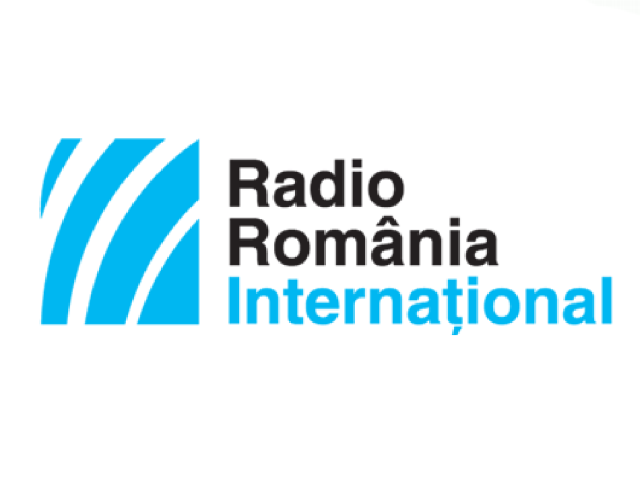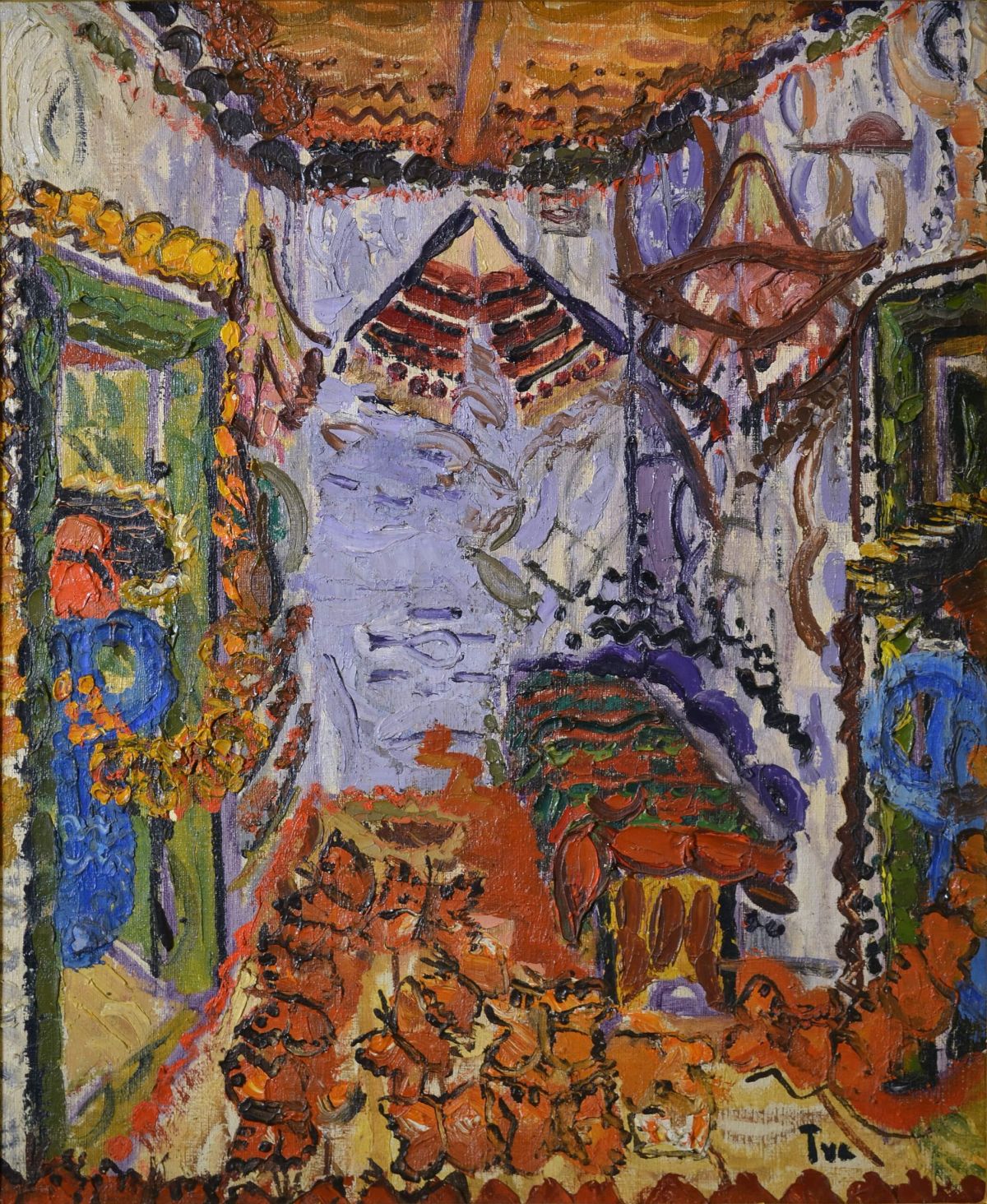Romania’s Merchant Navy
With only a small piece of the Black Sea coast, Romania does not have seafaring tradition.

România Internațional, 19.12.2015, 14:03
Romania is
almost completely landlocked, with only a small piece of the coast on the Black Sea, 250 km
long, which explains why Romania does not have a seafaring tradition. Romanian
experience in navigation was limited to the river Danube, as merchant river
vessels used that route to transport goods as far as Vienna, the closest
western port. Consequently, the Romanian port towns of Braila, Galati, Reni and
Chilia were among the most developed in the country. Under the Treaty of Adrianopole
of 1829, Braila and Galati were granted free port status.
In the mid 19th
century, the vessels sailing on the Danube were simple sailboats, while the
navy used engine-powered vessels. Romanian ships had access to the Black Sea
via the mouths of the Danube, and hugged the coast down to Istanbul for trade.
The union of Moldavia with Wallachia in 1859 added a new state to Europe’s map,
with its own distinct flag. Romanian vessels thus started to sail under their
new country’s red, yellow and blue flag. When Dobrudja also joined Romania in
1878, the Romanian state gained access to the Black Sea and the country’s sea
fleet started to develop. Before 1878, the school training navigation
specialists was based in Galati, but after that the school moved to Constanta.
The Romanian Maritime Service was also established in 1878, and by 1909 it had
several dozen of packet boats and cargo ships.
The organisation of the merchant
fleet changed significantly after World War II. The Romanian Maritime Service
was dismantled as the Soviet Union confiscated 16 vessels owned by the company.
The model of SovRoms, Romanian-Soviet joint ventures, also started to be
applied to the maritime merchant fleet. SovRom Transport was established in
1945, and was the first enterprise of this type, in fact a means of plundering
Romania’s economy. SovRom Transport had two of the 16 vessels that had been
seized. With the death of Stalin in 1954, Soviet pressure decreased, and SovRom
Transport was dismantled to be replaced by the state-owned company Navrom.
Navrom
constantly developed in the years to come. Before 1989, Romania’s maritime
merchant fleet had more than 300 vessels, which for the most part were sold
starting in 1993. In 2012, the media in Romania made public a list of 142
vessels that had belonged to Romania and which had been baptized by their new
owners. Of those vessels, 21 were now Chinese, 19 Greek, 9 Syrian, 7 British
while 7 others belonged to the United Arab Emirates. Romania also had an ocean
fishing fleet, with more than 100 fishing vessels, collector ships and 12
transport reefer ships. Also, Romania had a river fleet made up of barges and
flat boats. The ocean fishing fleet was also privatised.
Romania went on
to set up four maritime and seven river shipyards for shipbuilding and repair.
The one in Constanta was established in 1892 as a repair and maintenance
workshop, and it was not until 1936 that the first vessel built there was
launched. It was a small-size cargo ship called Crai Nou (New Moon). In
1950, the shipyard expanded and gradually increased its production capacity.
The shipyard was privatised in 2002 and built small-size vessels. Throughout
its lifetime, the shipyard built 365 vessels for Navrom and 67 others for
clients in South Africa, Belgium, The Czech Republic, Egypt, France, Germany,
Greece, Hong Kong, Italy, Japan, Liechtenstein, the Netherlands, Norway,
Panama, and the USSR. Three other, smaller shipyards were those in Midia,
Mangalia, Navodari; the shipyard in Mangalia was taken over by the South-Korean
company Daewoo in 1997.
Romania also had
sea and river shipyards in Orsova, founded in 1890, in Turnu Severin, built by
a Austrian company in 1852, and in Giurgiu, set up in 1897. Other such
shipyards were those in Oltenita, set up in 1940, in Galati, founded in 1897,
in Tulcea, founded in 1976, and in Sulina, which was founded in 1876, at the
initiative of the European Commission of the Danube. The first privately funded
shipyard was inaugurated in Cernavoda in 1994, and it services the nuclear power
plant in the city.





























